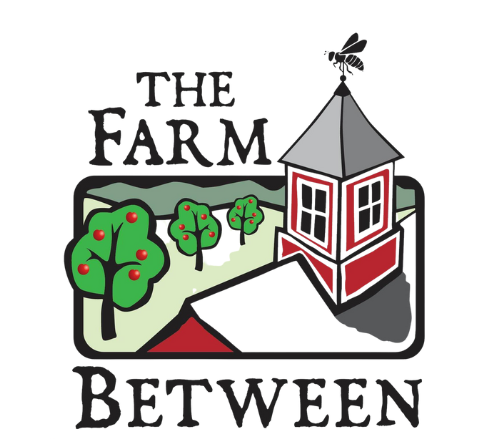Aronia and Elderberry Planting & Care
Though not related, elderberry and aronia are both native, have similar growth habits, and produce highly medicinal fruit for humans and wildlife alike. They are seldom eaten raw (in fact, elderberries are slightly toxic when uncooked) but make a colorful and healthful addition to tinctures, juices, wine, and jam. Not only do they provide food and medicine, but they add an attractive element to any landscape. Elderberry plants produce clusters of white flowers in early summer, while the foliage of aronia plants turns bright red in the fall. They can be grown individually or as a hedge.
Size, Spacing, and Bearing Age: Both elderberry and aronia can grow to be 6-10’ tall. Space 4-5’ apart for a hedge, or at least 6’ apart for maximum production. They will likely begin bearing 2-3 years after planting.
Pollination: Aronia are self-fertile, while elderberries require another variety for pollination.
Soil & Site Selection: Both elderberries and aronia are widely adaptable, and can grow in marginal to heavy clay soils, though, like most fruiting plants, their preference is for fertile, well-drained soils with a pH of 5.5-6.5. They can grow in part shade, but will produce more in full sun. Elderberries are not particularly tolerant of weed competition, as they are shallow-rooted. A thick mulch will help suppress weeds and retain moisture. Elderberries also like rich soils, so add a generous helping of compost or other organic matter. Aronia are less particular in their fertility requirements.
Planting: See Planting Guide and Bare Root Planting for instructions.
Pruning: Aronia require little pruning except to thin out older canes, and of course remove any dead or damaged branches. Elderberries bear on one to three year wood, so prune out any canes older than three years. American elderberries can be pruned to the ground during the dormant season in order to rejuvenate them, but this will result in diminished fruit production for a season or two.
Pests & Diseases: There are very few pests and diseases that bother either plant in the wild. In a cultivated setting, the elderberry borer can be problematic, but this is seldom an issue where there are just a few plants. If borers are observed, evident by the wilting of new growth and sawdust at the base, prune and destroy affected canes. The round-headed apple borer can affect aronia plants, which are in the same family as apple trees. They are unlikely to kill a plant, but you will want to remove them, especially where apple trees are present. Look for any canes that are broken off at the base, and again, for orange, sawdust-like frass. You can either use a knife to dig out the grub, following its tunnel from the base, or destroy the whole stem by chipping or burning. Deer will eat young elderberry plants, sometimes to the ground, so a fence will likely be necessary while the plant is getting established.
